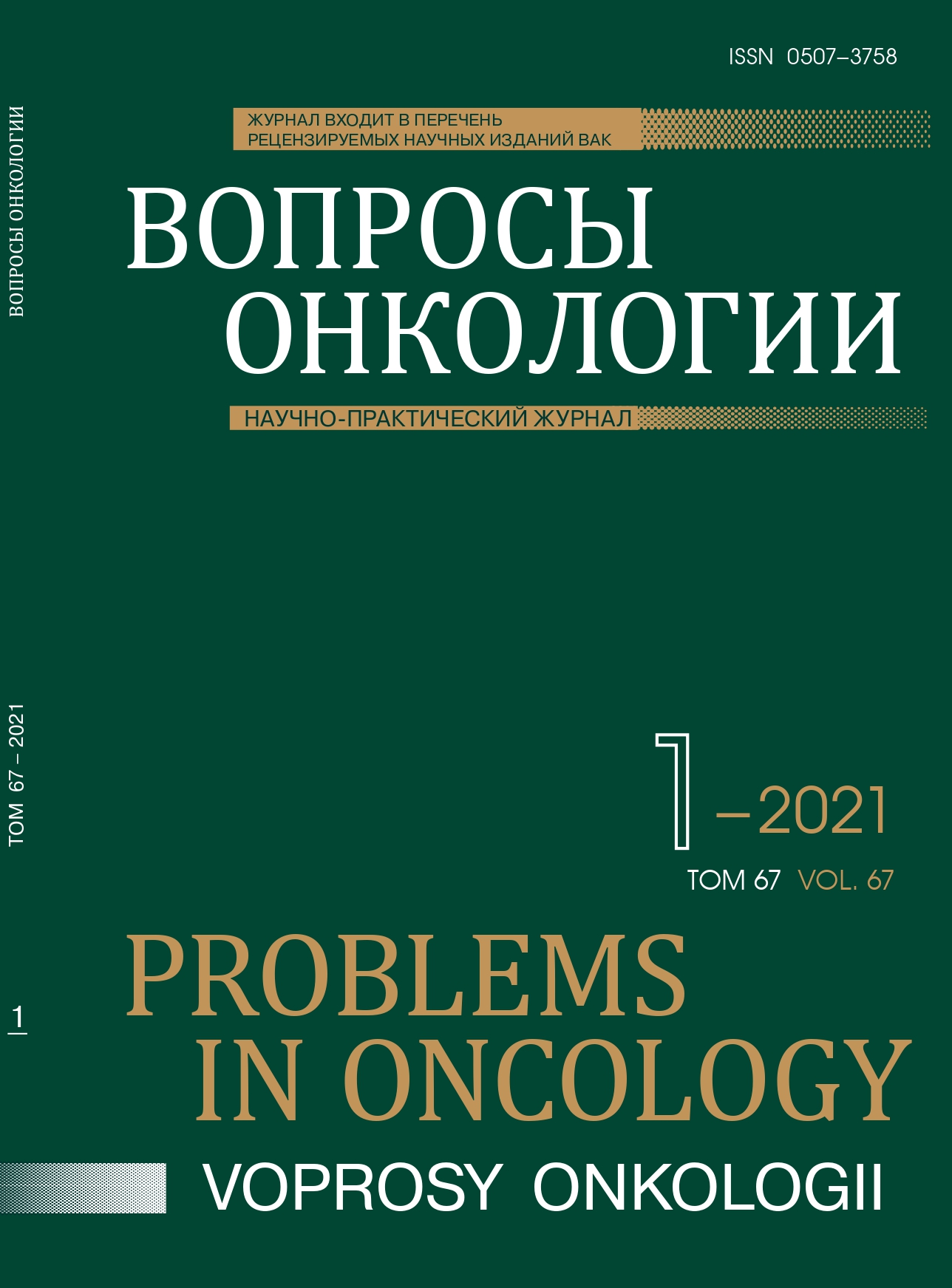Abstract
Year-by-year lethality – the lethality of patients with malignant tumors in each year of observation - an indicator that determines the risk of death of patients, depending on the localization of tumors.
Lethality of patients in the first year of follow-up includes posthumously registered patients with malignant tumors, and is the inverse criterion to the indicator of one-year observed survival. In subsequent years, the calculation of year-by-year lethality is carried out without posthumously registered patients. It is important to note that the calculation of partial mortality rates is carried out only for the number of patients who died from malignant tumors. It is necessary to exclude patients who have dropped out of observation at each year of observation. Calculation of the year-by-year lethality indicator is possible only if there are at least 100 primary registered patients.
In February 2019, we created the database of the Population cancer registry. The North-Western Federal district (NWFD)of the Russian Federation, which includes more than 1 million patients (1211891 patients with posthumously registered patients and 1071112 cases without posthumously registered patients). Only reliable data was selected for development, the number of which was almost 10% less. In 2020, the database of the Population cancer registry of the NWFD of the Russian Federation increased by 73054 cases. We used the updated database in this study. The observation period is from 1994 to 2020. The year-by-year lethality study was conducted in total for all ICD-10 categories for the C00-96 neoplasm class.
DB analysis showed that in the NWFD of the Russian Federation, the proportion of posthumously registered patients decreased from 1995 to 2018 (both sexes) from 21.1 to 8.1%.
For 1995 – 1999, 2000 – 2004, the year-by-year lethality was calculated for 10 years of observation, the period 2005-2009 covered the year-by-year lethality for 7 years of observation, 2005-2009 for 5 years. We have considered the specifics of year-by-year lethality separately for men and women, for people from 0-34, 35-59, 60 years and older.
We pay special attention to year-by-year lethality for patients with localized (stage I and II of the disease) and widespread process (stage III and IV, including patients without the specified stage of the disease, which, as a rule, by the level of survival belong to stage III and IV of the disease).
References
Мерабишвили В.М. Выживаемость онкологических больных. – СПб.: ООО «Фирма КОСТА», 2006. – C. 393-415.
Мерабишвили В.М. Выживаемость онкологических больных. Выпуск второй. Часть II/ Под ред. Ю.А. Щербука. – СПб.: ООО «Издательско-полиграфическая компания «КОСТА», 2011.
Состояние онкологической помощи населению России в 2018 г. Под ред. А.Д. Каприна, В.В. Старинского, Г.В. Петровой. – М.: МНИОИ им. П.А. Герцена филиал ФГБУ «НМИЦ радиологии» Минздрава России, 2019. илл. – 236 с.

This work is licensed under a Creative Commons Attribution-NonCommercial-NoDerivatives 4.0 International License.
© АННМО «Вопросы онкологии», Copyright (c) 2021
